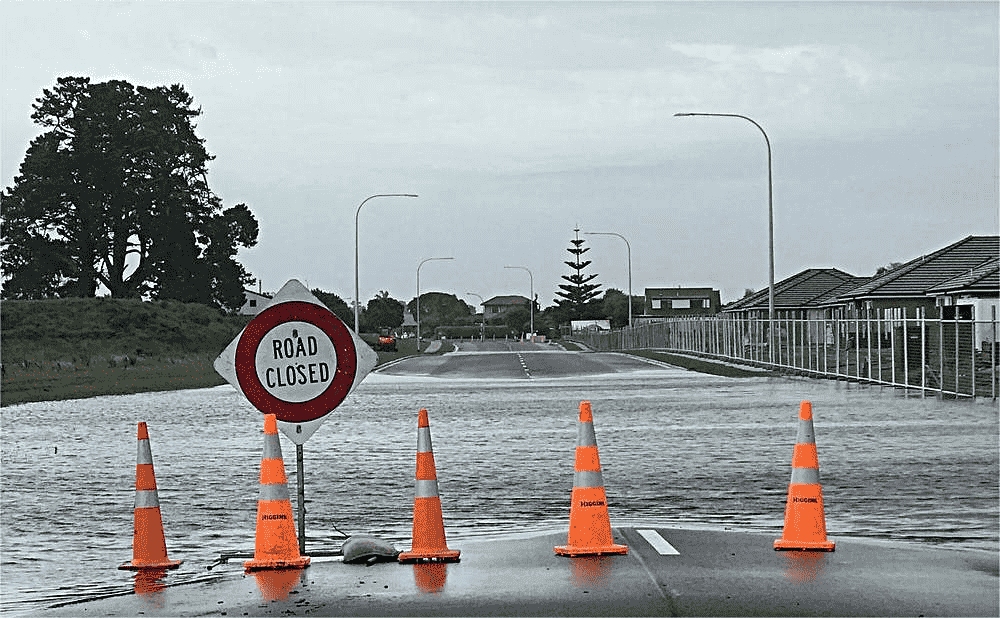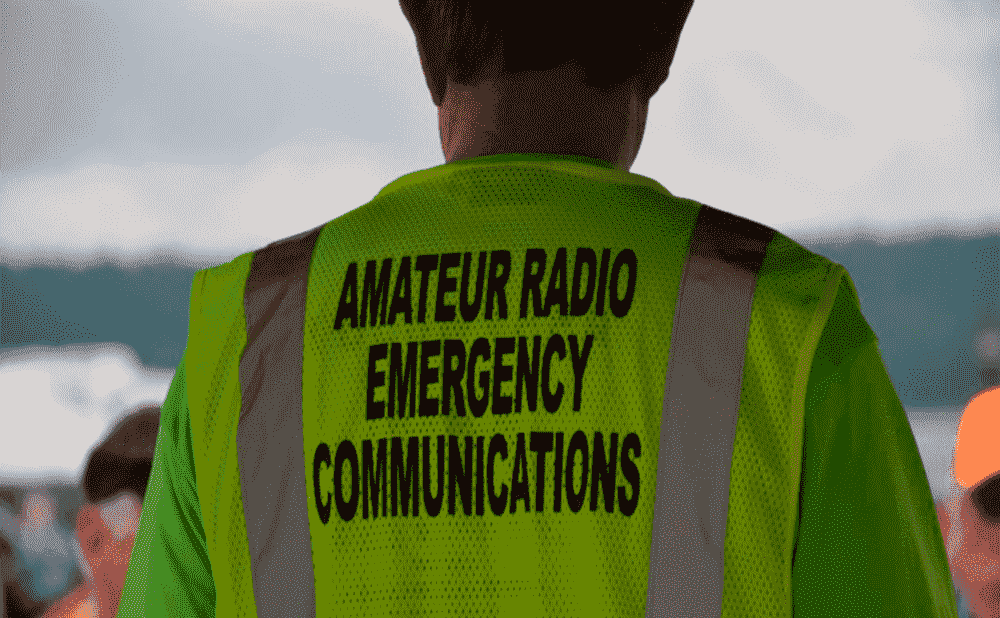One of the reasons amateur radio exists is to provide emergency communications. Every year, many amateur radio operators help public services and emergency communications.
Disasters can strike without warning, causing chaos and disrupting communications networks
Natural disasters: such as earthquakes, hurricanes, floods, etc.
Man-made disasters: such as fires, explosions, etc.
Severe weather: such as storms, blizzards, tornadoes, etc.

Amateur radio can help us quickly build messaging networks and establish emergency communications systems when traditional systems are overwhelmed or non-existent.
Beyond communication limitations:
Regular communication infrastructure (e.g., phone lines, Internet) may disrupt or make unavailable during a disaster or emergency. Radio communication is an independent communication system that does not rely on external infrastructure or third-party service providers. This means that even if other communication channels are damaged or experience failure, radio communications can still continue to operate, ensuring the delivery of critical information.
Wide coverage:
Radio communications have wide coverage and are especially suitable for disaster scenes, remote areas, or places that require rapid deployment. It can communicate across long distances, allowing rescuers and related agencies to effectively coordinate operations and provide necessary assistance.
High reliability and toughness:
Radio equipment usually has high reliability and toughness and can work normally under harsh environmental conditions. They typically offer durability and immunity to interference, making them reliable communication tools during emergencies.
Taken together, radio provides instant, reliable communications during emergencies and facilitates the coordination and execution of rescue operations.

When all else fails, amateur radio hams bring expertise and equipment, providing a lifeline of communication that is often the only reliable option in an emergency.
Amateur radio operators provide communications assistance in command posts, emergency shelters, evacuation sites, emergency operations centers, medical facilities, police and fire stations, and public places. Ham operators can also assist with communications links between similar agencies, tracking emergency management personnel to ensure continued contact. They can help monitor highways and bridges for safety and observe damaged areas to provide reports. Amateur radio operators may not be able to completely replace all communications. However, these volunteers can step in to establish and maintain critical communications under challenging conditions. Ham operators with solar-powered equipment can even maintain communications when other conventionally powered equipment fails.
Amateur radio operators often have deep roots in their communities and actively collaborate with local emergency management agencies. Their volunteerism and expertise play a vital role in ensuring effective disaster response, uniting communities and assisting with coordination efforts.
Amateur Radio Emergency Communication (arrl.org)
The Importance of Radio Communication in Emergency Situations (twowayradiocommunity.com)
Views: 8

